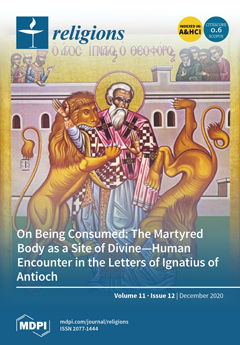This article introduces the late Ahmad Qabel (1958–2012), a new figure among contemporary Iranian religious reformers. Qabel, a progressive
mujtahid, proposed the creative theory of
Shari’at-e ’Aqlani in order to reform stagnant
Shari’ah rules and align the application of legal norms and
[...] Read more.
This article introduces the late Ahmad Qabel (1958–2012), a new figure among contemporary Iranian religious reformers. Qabel, a progressive
mujtahid, proposed the creative theory of
Shari’at-e ’Aqlani in order to reform stagnant
Shari’ah rules and align the application of legal norms and precepts with the space-time considerations of modern life. Critical of the superficiality of traditional jurists, who led into abeyance the progressive rational praxis within classical Shi’i theology and jurisprudence, Qabel revived and employed these rational principles in his novel method of
ijtihad. This paper has four sections: first, there will be a short biographical sketch of Ahmad Qabel. The second section surveys the trajectory of the development of Shi’i
fiqh in order to set the backdrop for Qabel’s arguments. Then, I will discuss some of the major rational principles which constitute the heart of Qabel’s methodology. In the last section, the practical results of Qabel’s
Shari’at-e ’Aqlani are presented through some of his unconventional
fatwas, which, though solidly based within the Shari’ah, took on controversial topics such as women’s rights, religious minorities,
jihad, and Islamic government.
Full article





